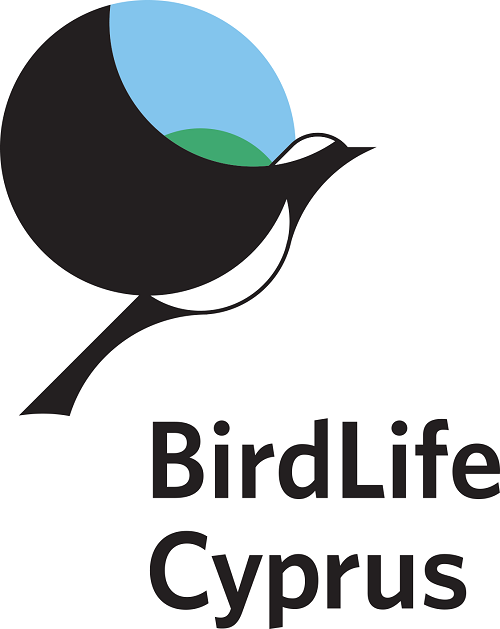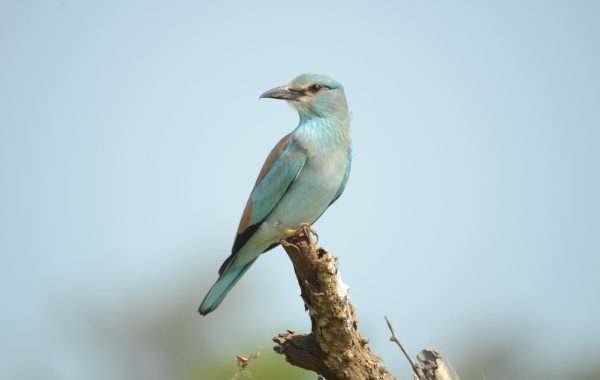Monitoring surveys help us keep track of our birds and the health of our countryside and form the information foundation for our conservation actions. As part of LIFE IP PHYSIS, a 10-year project dedicated to the protection and the proper management of all of our Natura 2000 sites, we have been conducting surveys for two important wetlands in Cyprus, Paralimni Lake and Larnaca Salt Lake. Even though these surveys focus on the Greater Flamingo, the Kentish Plover, the Spur-winged Plover, the Black-winged Stilt and the Eurasian Curlew, we nevertheless record all the bird species that use these wetlands, because it is good practice to always do so and in order to contribute to ongoing systematic monitoring efforts. This information contributes to actions such as the monitoring of Important Bird Areas or the detection of conservation issues.
During our monthly survey at Larnaka Salt Lake in September, we came across something unusual. We were scanning the shallow edges of one of the smaller lakes to the south of the main Salt Lake, known as Lake Sorros and, as we were counting wader species like Little Stints, Kentish Plovers and Ruddy Turnstones, we noticed a Common Ringed Plover with a bright yellow ring on its leg! Swiftly, we turned the spotting scope on the bird to try to make out the information written on the ring, which read “L02”. The bird also carried a metal ring on the other leg. This immediately picked our interest, as it could mean an interesting story or a research project. So, after a quick search on the European Colour-ring birding website, we found out that the bird was ringed by APB, our BirdLife partner in Belarus!
This individual plover, or “J00597” as it is known to the researchers, is a female bird that was ringed in the area of Turov, Belarus in May 2018. What we know about her is that she is now a 4th calendar year bird, which means that she hatched during the summer of 2017. She has since then travelled at least once from Turov, Belarus to Larnaca, Cyprus, a total distance of 1971 km. She has traveled such a long distance and the only sighting outside Belarus has been ours, here in Cyprus! Common Ringed Plovers occur in small numbers here in Cyprus either as winter visitors or as passage migrants during autumn and spring migration.
It is only with constant monitoring that we can have more opportunities to stumble across a rare or unusual species or a sighting with an interesting backstory. It is through research that we can learn more about these birds and through these efforts that we can protect them better.
Always keep an eye out during your birding outings, you never know what you may encounter, or what you could find out! If you come across any colour-ringed bird, please note any info and get in touch with us and we will help you find out the bird’s backstory.




